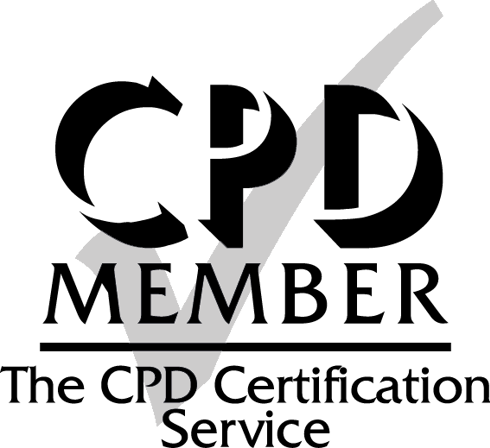
Trial led by Dr Sheila Martins, President of the Brazilian Stroke Network and Executive Committee Member of the World Stroke Organization
The results of the ground-breaking RESILIENT Trial were presented recently at the European Stroke Organisation Conference (ESOC) in Milan. The Brazilian trial was the first of its kind to demonstrate the efficacy of mechanical thrombectomy in a developing country healthcare system. Conducted across 20 centres, Brainomix’s e-ASPECTS software was used to select the 221 patients who enrolled in the study, supporting physicians in their assessment of each patient’s ischemic damage.
“The results of the RESILIENT Trial demonstrate that mechanical thrombectomy is safe and effective in improving outcomes for people with acute stroke due to large vessel occlusion (LVO). We showed that using simple clinical and imaging selection criteria within 8 hours of symptom onset mechanical thrombectomy improved outcomes in a developing country healthcare setting like Brazil,” noted Sheila Martins, one of the trial’s primary investigators. Dr Martins is the Founder and President of the Brazilian Stroke Network, and Professor of Neurology at the Universidade Federal do Rio Grande do Sul in Porto Alegre. She also serves on the Executive Committee of the World Stroke Organization (WSO).
“The evidence from this study demonstrates the importance of reconfiguring stroke services in all parts of the world to ensure that the thousands of people who suffer with LVO stroke each year receive the best care possible,” continued Dr Martins.
“We are grateful to all study participants, investigators and external supporters including Brainomix, who provided their e-ASPECTS software to facilitate patient selection for this study. Patients with an ASPECT score of 6 or greater were included in this study. Brainomix e-ASPECTS software empowers physicians to make this decision with confidence, speed and consistency,” Martins concluded.
e-ASPECTS is part of Brainomix’s e-Stroke Suite, the most comprehensive imaging solution, empowering physicians across all stages of the stroke patient pathway and supporting the thrombectomy decision-making process.












